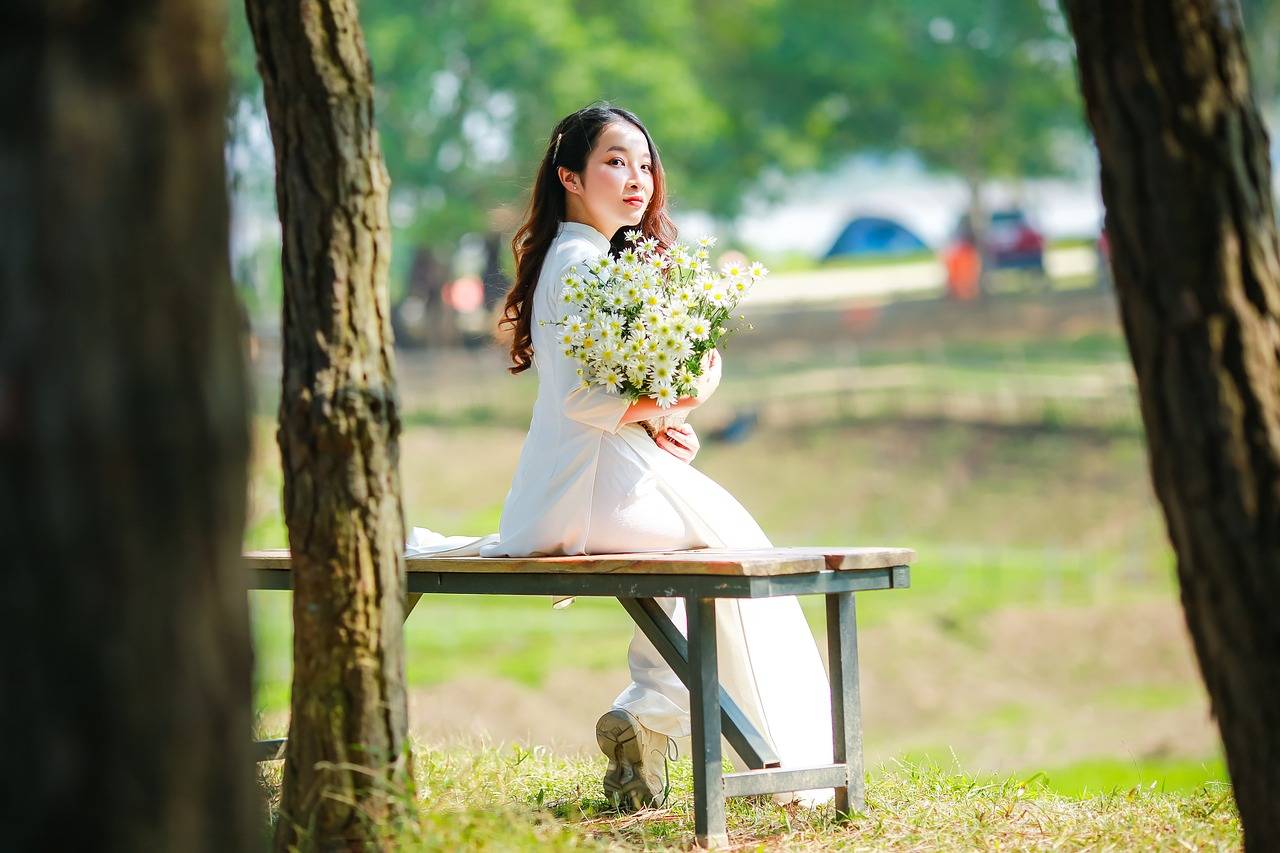The Role of Fashion in Historical Movements and Eras
In ancient civilizations, such as Egypt and Mesopotamia, clothing played a crucial role in defining social status and cultural identity. Fabrics like linen and wool were commonly used for garments, with dyes made from natural resources adding vibrant colors to the clothing. Adornments such as jewelry and elaborate headdresses were also significant elements of the attire, showcasing wealth and prestige.
The style of clothing varied across different regions and time periods within ancient civilizations. For example, the Egyptians favored draped garments like the iconic pleated kilt, while the Mesopotamians opted for more structured garments like tunics and shawls. Clothing designs often featured intricate patterns and symbolic motifs that reflected the beliefs and values of the society.
Fashion in the Renaissance Period
The Renaissance period saw a significant shift in fashion, with elaborate and intricate clothing becoming the norm. Women’s fashion was characterized by voluminous gowns, often featuring low necklines and exaggerated sleeves. Rich fabrics like silk and velvet were commonly used, and garments were adorned with intricate embroidery, lace, and jewels. Men’s fashion also underwent a transformation during the Renaissance, with the introduction of tailored suits and high-waisted doublets. Accessories such as hats, gloves, and belts were considered essential to complete the ensemble.
Fashion in the Renaissance period was not just about clothing, but also reflected social status and wealth. The wealthy elite flaunted their affluence through luxurious fabrics, elaborate designs, and accessories made of precious metals and stones. The lower classes, on the other hand, had to make do with simpler and plainer garments made from cheaper materials like wool and linen. Fashion became a way to communicate one’s place in society, with sumptuary laws regulating what different classes were allowed to wear.
Fashion in the Industrial Revolution
The Industrial Revolution brought significant changes to the way clothes were produced and worn. With the introduction of mechanized textile manufacturing, there was a shift towards mass production of clothing. This led to a more accessible and affordable range of garments for people of various social classes.
The new factories and advancements in technology allowed for the creation of more intricate and detailed designs. The use of machines also meant that clothing could be made quicker than ever before, leading to a faster turnover of trends and styles in the fashion industry.





